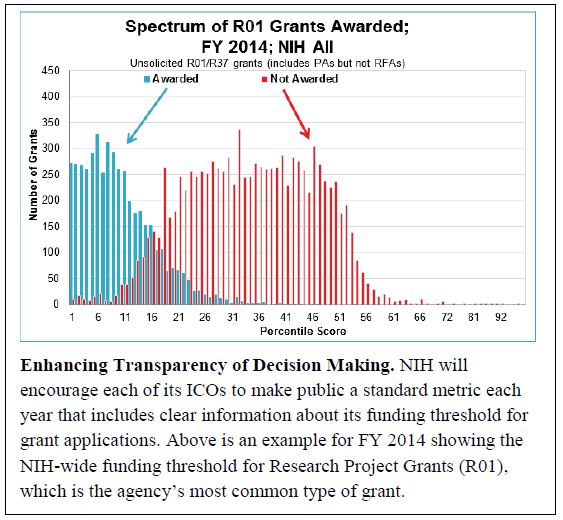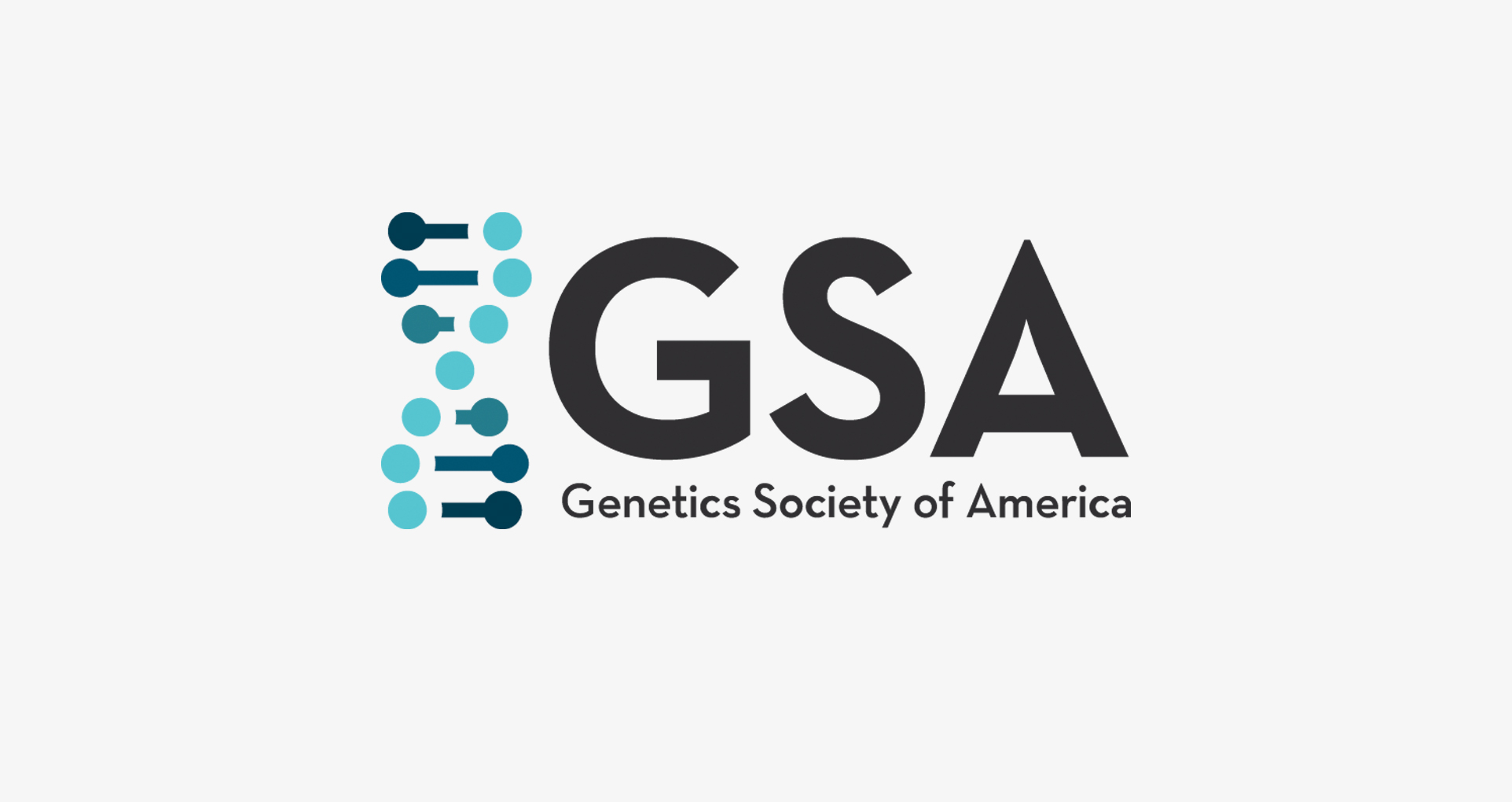On December 16, 2015, the National Institutes of Health (NIH) released an agency-wide strategic plan. This document does not replace the strategic planning process of the individual institutes and centers (ICs), rather it serves as an overarching framework for all of the ICs to incorporate into their strategic planning for the future. Development of the plan fulfills a request from Congress.
The overarching theme of the NIH-wide strategic plan is a clear emphasis on data collection and sharing to broaden the reach and impact of NIH investments moving forward. It consists of four strategic objectives for the agency: (1) to advance opportunities in biomedical research; (2) to foster innovation by setting NIH priorities, (3) to enhance scientific stewardship, and (4) to excel as a federal agency by managing for results.
GSA was pleased to see the interdependence of fundamental science, treatments and cures, and disease prevention as a key focus for the first objective, with fundamental science at the fore. The plan contains an in-depth discussion which connects findings from basic research to applications that have allowed the nation’s healthcare and diagnostic abilities to be more streamlined. One example noted is that of GSA member and 2008 Nobel Laureate Martin Chalfie, whose discovery of green fluorescent protein in jellyfish led to the protein becoming a widely used tool for observing biological processes. The development of the CRISPR/Cas9 technology was also mentioned as a clear breakthrough in the fundamental research community, as it has democratized gene editing and expanded its potential applications in animals and humans. This strong endorsement for fundamental research by the NIH is welcomed, as GSA continues to advocate for support of research aimed at improving scientific understanding.

Example of data that will be publicly available across IC’s showing the payline for R01 research grants. From p. 28 of the NIH Strategic Plan
The second objective focuses on a data-driven approach to setting funding priorities for the agency. NIH renewed its commitment to transparent, evidence-based processes that consider scientific opportunity, burden of disease, the importance of rare diseases, and the value of permanently eradicating a disease. NIH institutes and centers (ICs) will be encouraged to make funding rates, pay lines (the minimum score a grant application should receive to be funded), and data comparing scores to awards publicly available each year. This step would allow clear data comparisons to be made between ICs and would make the process of portfolio balance more visible to the public.
The third objective, enhancing scientific stewardship, speaks toward what the plan calls “the most valuable resource”—the scientific workforce. Efforts to recruit and retain new and early career investigators by improving opportunities through new grant mechanisms are outlined in this section. Award mechanisms meant to geographically broaden the workforce, shorten time to independence, prepare students and postdocs for a broader range of careers, and improve racial and ethnic diversity will all be evaluated to determine their level of success, emphasizing the renewed focus on data-centered decision making. NIH also plans to put forward new approaches, such as training modules, open access publication policies, and data sharing, to bolster rigor and reproducibility in scientific research results. In addition, the agency will pursue a pilot study to investigate whether funding researchers rather than projects leads to a more diverse portfolio of science at the NIH. This is part of an effort to encourage innovation through supporting high-risk, high-reward research, strengthening partnerships with the private and non-profit sectors, and investing in emerging technologies.
The final objective, to excel as an agency by managing for results, places the development of actionable data across the NIH a clear priority. Normalized metrics to be used for data analysis across ICs, robust bibliometric measures for scientific productivity, and an alignment of outputs with outcomes, were cited as areas where the agency will strengthen its portfolio analysis and reporting capabilities. In addition, NIH plans to be more inward looking, ramping up activities such as conducting “reviews of peer review,” tracking the effectiveness of risk management in decision making, and reducing administrative burden.
The NIH strategic plan comes after months of public meetings and webinars where members of the scientific community openly shared comments, questions, and concerns about the proposed plan. The framework does not account for the recently passed appropriations bill which contains a $2 billion increase for the agency.
The full strategic plan can be found here.































